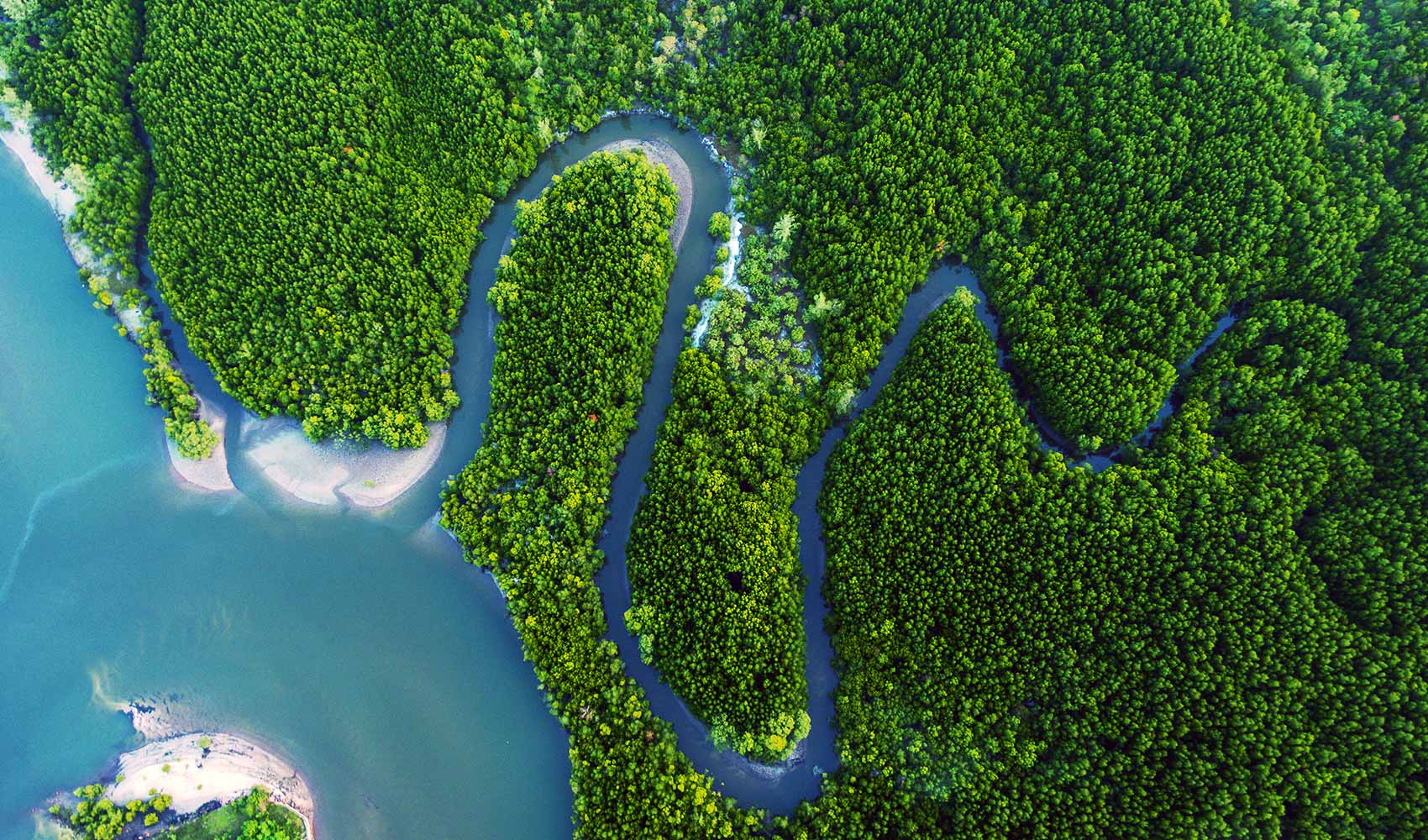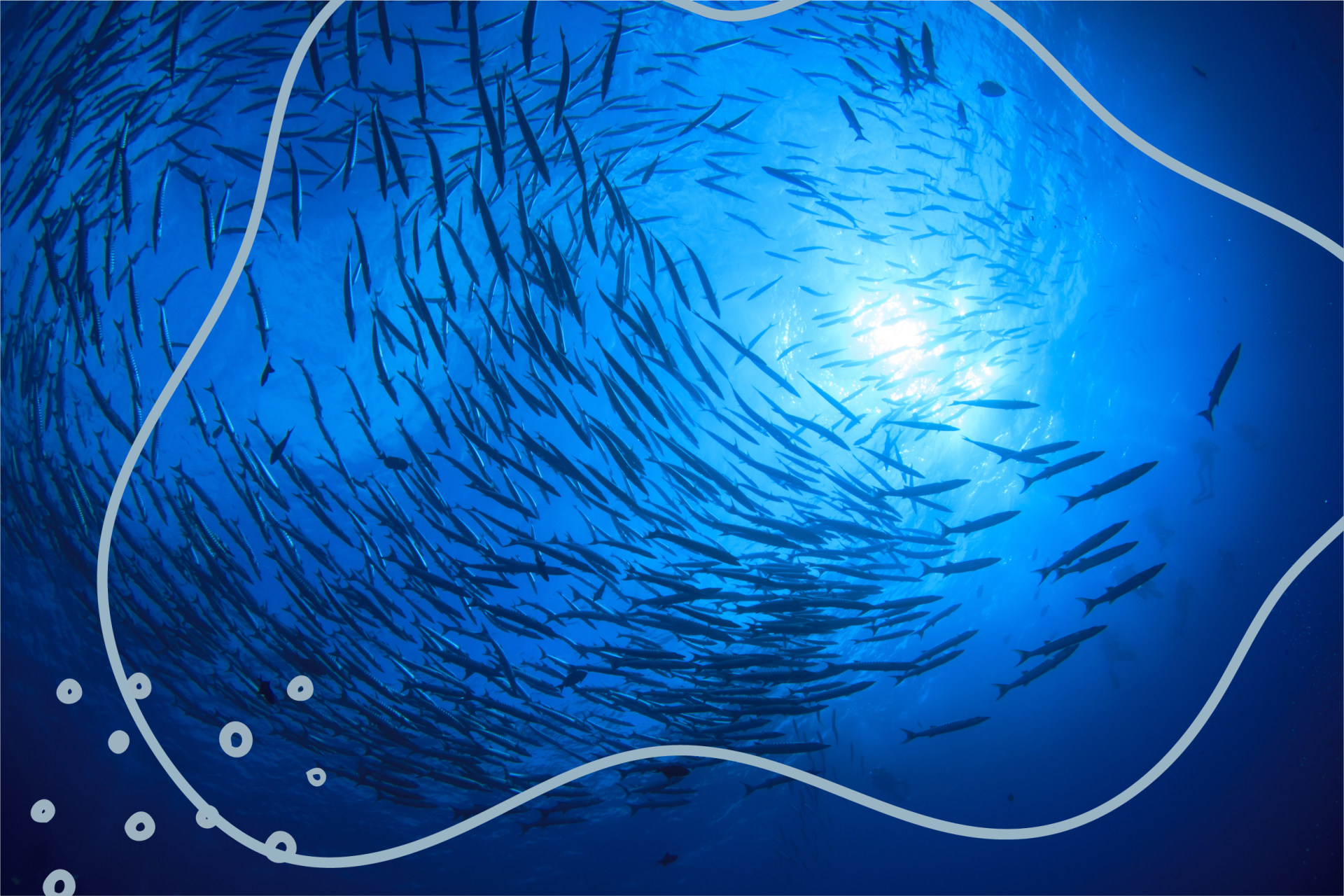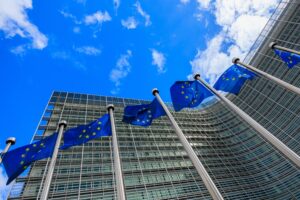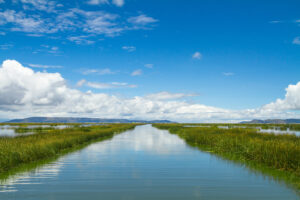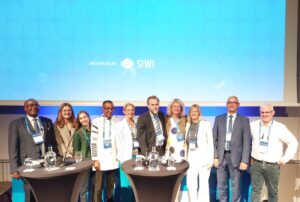Safely managed sanitation from source to sea
This year World Toilet Day examines the impact sanitation has on the natural environment, namely groundwater. Poorly managed sanitation risks pollution of groundwater as well as ecosystems downstream such as rivers, forests and the ocean. We spoke to Chris Clapp, Executive Director of Ocean Sewage Alliance about how a source to sea approach to managing sanitation can protect the ocean.
How does sanitation affect ocean health?
Sanitation and ocean health are more directly linked than many people realize. A recent study had found that a majority of the world’s wastewater enters the sea untreated. By utilizing a Source to Sea way of thinking, it becomes clear that whatever we put onto or into the land eventually make its way to the coasts. This includes wastewater and all of the nutrients, pathogens, and other contaminants that it includes. The impacts from then can be as global reaching as climate change to as local as the loss of a small-scale nearshore fishery and way of life.
What are the actions that Ocean Sewage Alliance sees as necessary to ‘repotty train the world’?
First, we all need to become more comfortable talking about wastewater and realize that we as humans are part of the global nutrient and water cycle. Changing this narrative allows us to better understand the negative impacts of our actions and pushes us to do better.
Second, ocean sewage pollution is a complicated issue with global impacts but is resolved at the local level, and because of that, OSA is working to connect a wide variety of partners who can collaboratively work towards solutions. We would also like to support the connection between coastal management and restoration efforts. Improving water quality is a strategy for successful restoration and long-term ecosystem health.
Thirdly, investors and funding resources need to see this connection as well. There are so many co-benefits when sewage and wastewater pollution is addressed holistically. Finally, it is critical for us and our partners to support local champions as they raise awareness and find solutions that work best for their communities.
What are wider impacts of a polluted ocean / unhealthy environment?
Ocean pollution has remarkably intersectional and devastating impacts. Let’s look at harmful algae blooms for example. Harmful algal blooms are caused by nutrient pollution—nutrients that largely come from wastewater. These algal blooms can harm public health in two significant ways: causing illness by direct contact as well as, contaminating food sources like shellfish. But it doesn’t stop there. As the algae bloom decays, it lowers dissolved oxygen levels which causes dead zones that decimate fisheries. If the waters are so polluted that you can’t fish in them, then you certainly shouldn’t be swimming in them either. Now, these commercial industries and other revenue-generating economies like tourism are at risk.
As marine wildlife suffers, nutrient pollution is also breaking down the coastal habitat. The loss of seagrasses, salt marshes, mangroves, and coral reefs disrupts the basis of the food web. Weakening these habitats also disrupts their ability to protect human populations against storms and their ability to sequester carbon. And unfortunately, ocean pollution still doesn’t stop there because now we’re tugging at the threads of climate change.
This is why it is so important that we recognize how human action is connected to and part of the global nutrient and water cycle. You can see that ocean pollution and the resulting unhealthy environment have implications both global, like climate change, and local, with human health and the loss of a way of life.
How can source-to-sea management protect the human right to a healthy environment?
Except for those living on mountaintops we all live downstream of someone. We also all have an impact on the communities and resources downstream of us. We are all connected and there is no “away”.
The only approach that can guarantee a right to a healthy environment is a source-to-sea approach, also referred to as holistic watershed management. Without this holistic approach, water is treated as a single use product and undervalued. The consequence of this is that those who have access to abundant clean water take it for granted and those who might live further downstream will either have less water available or the water is of poor quality or both.
The source to sea management approach implies that water is valued throughout its entire cycle and little is wasted. In doing so we ensure that nobody is at the receiving end of someone else’s waste and that the coastal communities benefit just as much as those communities upstream.
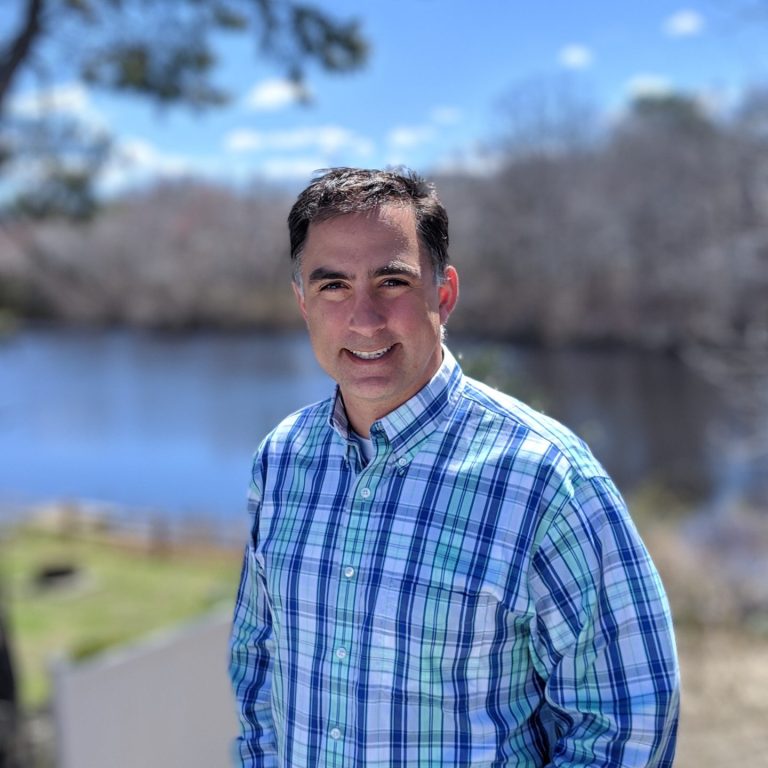
Chris Clapp, Executive Director, Ocean Sewage Alliance
Chris began his career as a Marine Scientist with The Nature Conservancy on Long Island managing a large-scale coastal habitat restoration program focused on shellfish restoration and seagrass research. The disappointing results all pointed towards an overarching challenge with the quality of the incoming water. From that point on Chris shifted his focus towards preventing the pollution at its source. Chris uses his experience and knowledge of the science, technology, and the localities where change is needed to promote the best outcomes possible. He continues to serve on various local advisory committees maintaining his commitment to his community and resources that he and his family depend upon now and in future generations.
Ocean Sewage AllianceLearn more about the Source to Sea Platform
Action Platform for Source-to-Sea Management